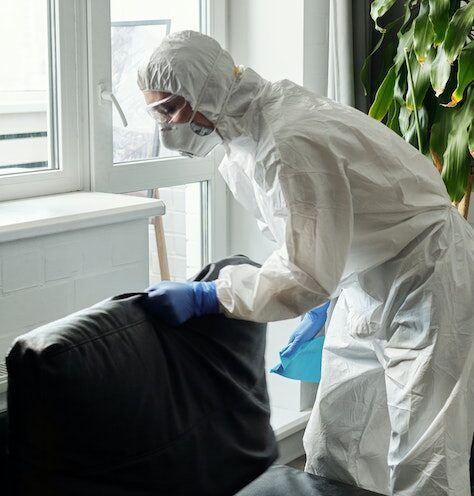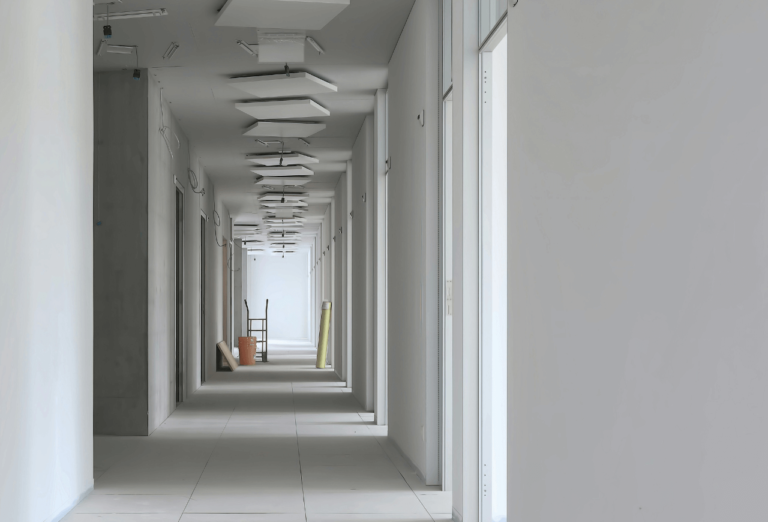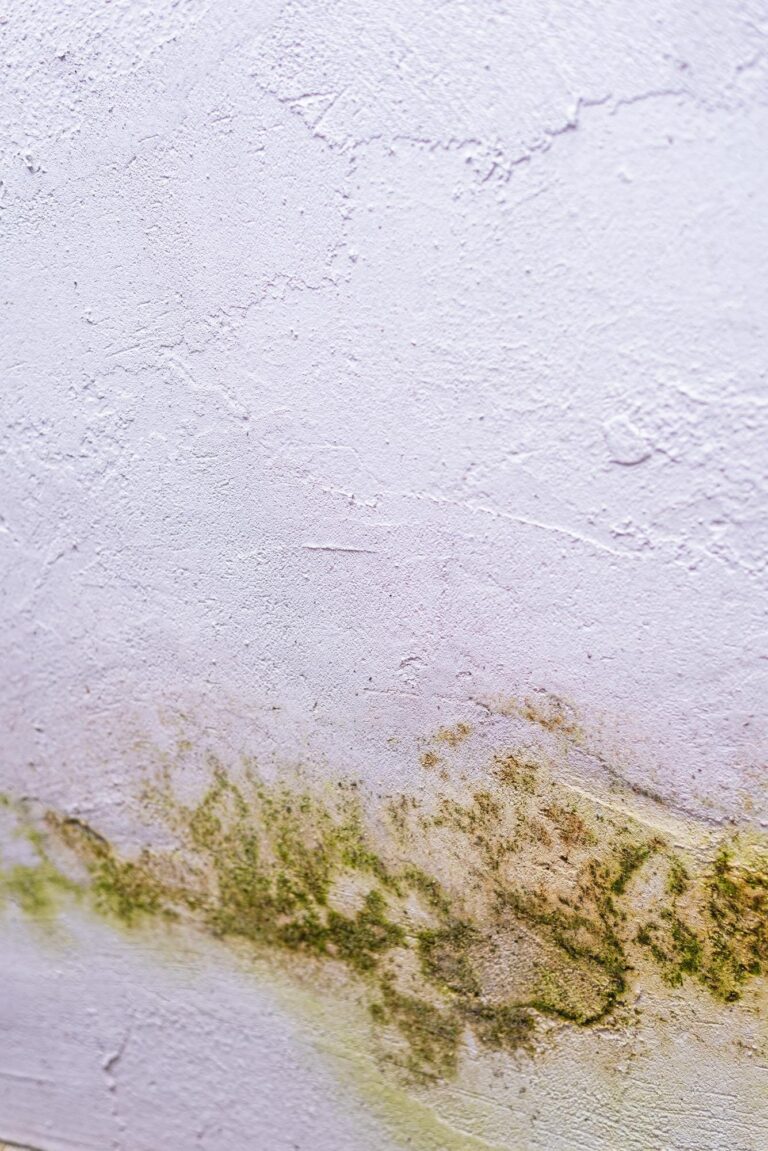Mold is a common problem in any rainy climate, and Portland is no exception. Frequent precipitation, in addition to the proximity of major rivers, means that homes in Multnomah County are under constant assault by the elements – and prime growing grounds for mold.
Mold is a catch-all term for a variety of fungus species that thrive in warm, damp environments; they feed off any organic materials, as they are nature’s most efficient decomposers. While they’re of great benefit in a natural setting, within a home, they can cause serious issues, including respiratory problems for inhabitants, and rot in any wood throughout the home.
If you find yourself looking for a restoration company after finding a damp patch on the wall of your basement or laundry room, you likely have a lot of questions about the process and what you need to do next. Today, we’ll explore the most common questions about mold remediation so that you better understand what goes into making your home safe.
What is mold remediation?
Mold remediation is the process of destroying mold and preventing it from recurring. As mold can only thrive with a consistent water source, a large fungal colony usually means there is water damage nearby. Because of this, part of the process involves identifying and fixing whatever is causing this, whether it is an unsealed basement or a broken pipe.
Once the source has been addressed, the team will use special antifungal treatments to kill the mold. They may treat the same area twice or even three times, as mold reproduces through microscopic spores: they want to cull these to the greatest extent possible so as to prevent a re-infestation.
What are the signs of a mold infestation?
Mold will show up as a patch of black, green, or white on a surface, usually the wall or floor; there might be peeling paint or wallpaper in the area, as well as water stains from the underlying water damage. You might also note a musty odor similar to laundry that hasn’t been completely dried.
A subtler sign – and one that you may not immediately recognize as being due to mold – is allergic reactions such as sneezing, coughing, and itchy eyes. Especially if the infestation is in the basement, the fungal spores may enter a central HVAC system, sending spores all throughout the home; this means that you don’t even need to see or be near the mold in order to be affected.
Is mold dangerous?
Mold can pose major health risks to certain groups of people, including children, the elderly, pregnant people, and immunocompromised, but it’s not a very good houseguest, no matter your health level. In fact, constant exposure to mold or any other potential allergen can actually cause you to develop an allergy – and it could prove life-threatening. Some molds, particularly the kind called black mold, can produce mycotoxins, which can lead to organ failure in the short term and cancer in the long term.
Mold allergies are incredibly common, impacting around 1 in 5 people, and they can severely impact your quality of life. Even if you don’t experience extreme emergency reactions, you could find yourself dealing with a stuffy head, achy joints, itchy eyes, and constant sneezing, which can throw you off your game and make it hard to concentrate on your daily activities. If you find that you feel much better if you stay in a hotel or spend more time out of your home, this suggests that your home may be full of allergens, including mold.
Can I remove mold myself, or do I always need to call an expert?
While it’s possible to deal with small patches of mold on your own, you need to understand the proper safety precautions and tools to manage it properly. The mold that is not fully eradicated will simply return, and you may not have sanitation treatments strong enough to penetrate a given material and remove all of the fungal colony. Also, you might not be able to recognize what materials must be thrown away and what can be salvaged by proper remediation measures.
if you have any conditions that impact your lungs or immune system, don’t attempt to take care of this on your own: you could put yourself in serious danger. However, if you do decide to tackle it and the mold returns after treatment, it’s best to call in professionals to assess and remove the mold for you.
How much does mold remediation cost?
Just like any contractor job, the cost of mold remediation differs greatly depending on the size of the mold and where it is growing. Some affected materials might need to be removed and replaced, while others will need some serious cleaning in order to be safe. If you have a central HVAC unit, this will need to be assessed and treated, too, as the mold spores can circulate throughout the house and spread elsewhere. You’ll need to get an estimate from several companies and decide for yourself which is within your budget.
There is a bright spot here, which is that your insurance may cover the treatment depending on its cause, and if they do cover it, the water damage restoration company will bill them directly, saving you a great deal of hassle.
Can I stay in my home while the mold is being treated?
It’s common for those whose homes are being treated for mold to leave and stay elsewhere while the remediation is ongoing, as this protects them and allows the contractors to complete their work more efficiently. This is particularly true if anyone in the family has underlying health conditions that would make them more susceptible to mold, such as asthma or immune disorders. However, you’ll need to discuss this with the remediation company after they have completed the assessment: they will be able to advise you on your particular situation and explain the process for your particular home.
No one wants to deal with musty smells, peeling wallpaper, or stuffy noses from a mold infestation, but thankfully there is help available: a qualified mold remediation company is always happy to help get your home – and, subsequently, your life – back on track.




